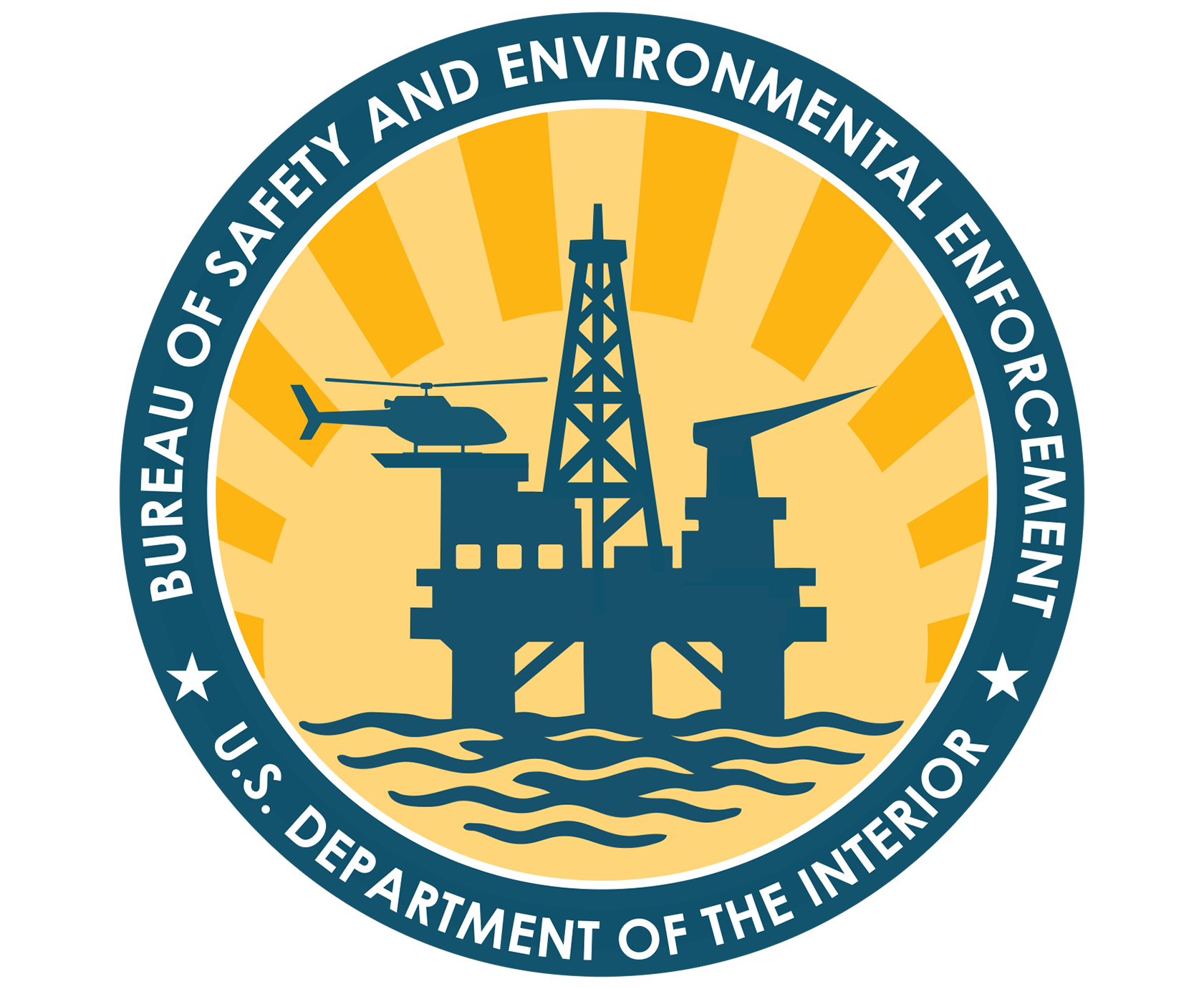This a Joint Industry Project (JIP) between MMS and Alaska Clean Seas. This study was performed for Alaska Clean Seas and MMS on behalf of the North Slope Spill Response Project Team, a task group formed to develop comprehensive oil spill response plans for petroleum operations on the North Slope of Alaska. The objective of the study was to evaluate the capabilities to recover spilled oil from very large oil well blowouts occurring during broken ice conditions in the southern Beaufort Sea. The study team considered six well-defined oil well blowout scenarios and determine in quantitative terms:
1. Whether the mechanical cleanup systems that are currently available on the North Slope are adequate to satisfy Alaska State requirements for cleaning up spills from blowouts in broken ice conditions.
2. Whether additional resources would significantly improve the existing mechanical recovery capability, and to what extent.
3. What the maximum cleanup capabilities might be for dealing with blowout spills in broken ice if all possible cleanup techniques were considered.
This study described, in detail, the behavior and fate of the six blowout scenarios and the likely effectiveness of countermeasures in recovering the resulting spills on water and ice. The effectiveness of the mechanical recovery systems that exist on the North Slope were assessed. Then the possible benefits were evaluated of adding more mechanical systems to the response and of adding dispersant use and in situ burning to the mix of response options available. Also discussed is the potential benefit of igniting and burning the blowout at the source and thus preventing a major marine spill from occurring.
